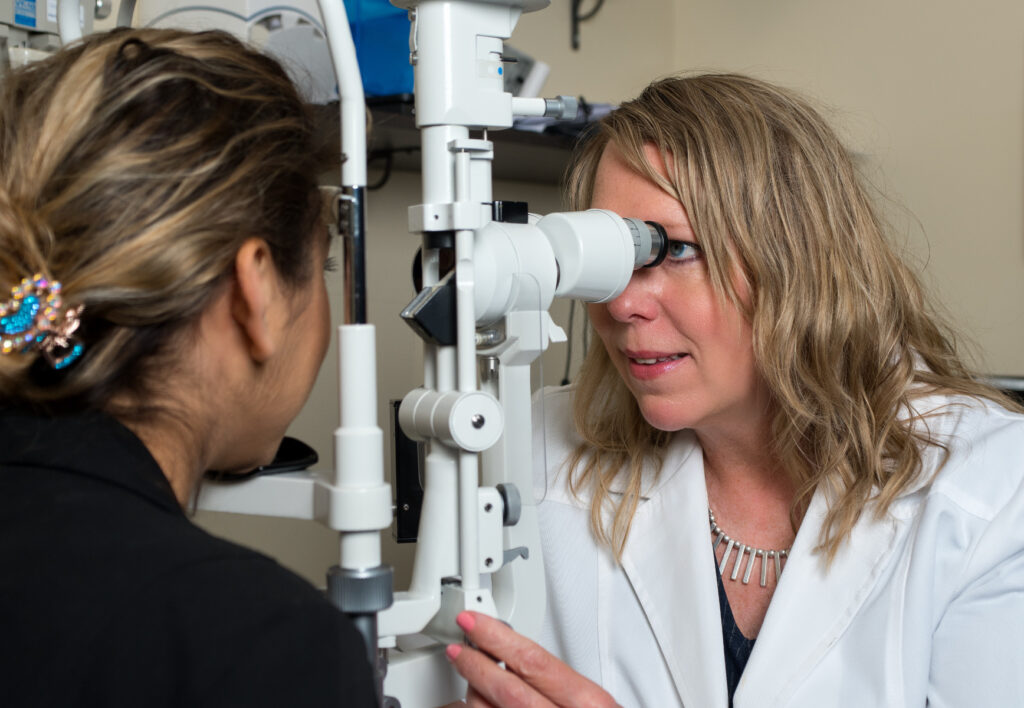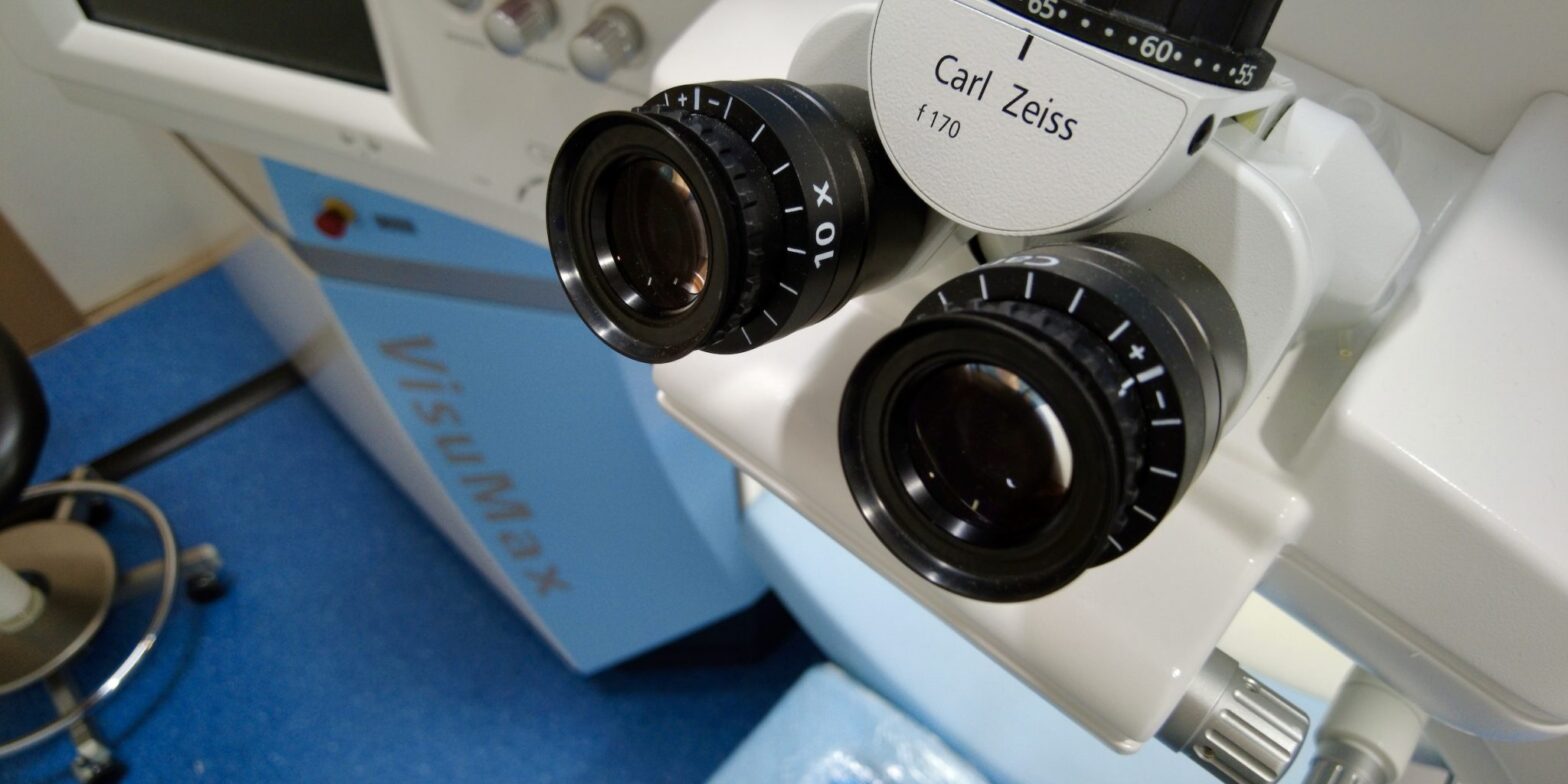The procedure of changing the shape of the front of your eye in order to enhance your vision is known as “lasik eye surgery.”
Although laser eye surgery is supposed to be a “permanent” therapy, your eyes change as you grow older, and someone who has lasik eye surgery in their twenties or thirties may still need reading glasses or another surgery later in life. Any surgical operation includes a small risk of side effects, so get medical advice before deciding if laser surgery is the best choice for you. Learn more about is lasik long-lasting.
What are the many types of lasik eye surgery?
Lasik eye surgery to improve your eyesight has improved at a remarkable rate during the past fifty years. Doctors used the first procedure, called as radial keratotomy, to modify the form of the eyeball by making radial incisions on the front surface of the eye. While this improved vision, it had the unwanted side effect of producing glare. Researchers found a new kind of laser in the 1970s, 1980s, and 1990s that could be used to shave a very thin layer away from the front surface of the eye, modifying the way light entered the eye and allowing for a more concentrated picture.
Photorefractive Keratectomy is the name given to this technique (PRK). Individuals complained pain after the surgery because the front surface cells of the eye were damaged during the procedure. Another technique, LASIK (Laser Assisted In Situ Keratomileusis), or “flap & zap,” was developed, which involved cutting a thin flap from the front surface of an eye that could be replaced after laser eye surgery, reducing pain and discomfort while also improving vision immediately after the procedure.
What is LASIK and how does it work?
The first successful laser eye surgery treatment to be done on humans was photorefractive keratectomy (PRK). LASIK, on the other hand, is gaining popularity because it produces better outcomes faster and with less discomfort than other treatments. However, the outcomes are similar, and it’s thought that nerve regeneration on the surface of the eye occurs faster with PRK than with LASIK, minimizing the risk of complications during recuperation. PRK may be a better alternative for you if your cornea is too thin for LASIK surgery
While every laser eye surgery aims to provide a “permanent” solution, your eyes change as you get older, and someone who gets laser eye surgery in their twenties or thirties may need reading glasses or more surgery in the future. Any surgical operation includes a small risk of side effects, so get medical advice before deciding if laser eye surgery is the best choice for you.
What is the technique for improving eyesight using intraocular lenses?
In order to improve one’s vision, artificial lenses may now be surgically placed into the eye. In rare situations, a lens may be implanted in front of the iris, leaving your natural lens behind the iris. A separate strategy that may be employed is the removal of your natural lens and replacement with an artificial lens of a different form. According to the Royal College of Ophthalmologists, this surgery is preferred than LASIK for treating larger refractive abnormalities and those over the age of 50. Consult your consultant to determine which treatment is best for you.

While this operation is meant to be a “permanent” treatment, your eyes change as you get older, and you may need reading glasses or further surgery in the future. Adding an artificial lens to the front of the eye has more dangers than laser eye surgery, so talk to your doctor before determining whether laser eye surgery is the best choice for you. Any surgery has the danger of side effects and putting an artificial lens to the front of the eye entails a larger risk than laser eye surgery.
Is laser eye surgery an unpleasant experience?
To reduce any pain you may have during the treatment, ocular drops will be utilized to deliver local anaesthetic. Because the surgeon is cutting the corneal flap, it is possible to feel pressure during LASIK surgery. You may also experience mild discomfort or irritation for up to 24 hours after laser eye surgery. You may have pain for a week or more following PRK because the surface of the cornea rebounds. You will be given eye drops to use throughout this period to help relieve the pain.

In terms of improving my prescription, what are the advantages of laser eye surgery?
Light entering your eye must go to a certain point on the retina, which is situated at the back of the eye, in order for you to see clearly. Both the cornea, which is the transparent front surface of the eye, and the crystalline lens, which is within the eye, bend (refract) light. People with long or short vision may observe that the light does not arrive to a correct spot. The curvature of the cornea is adjusted during laser eye surgery, which changes the way light bends to ensure that it reaches a focus at the correct area.
Will laser eye surgery be a suitable choice for me since I have astigmatism?
Astigmatism is a disorder in which the eye is more like a rugby ball than completely round, and it affects almost everyone. Although there are certain benefits to correcting astigmatism with LASIK, there are also limitations since lasers may now be engineered to reshape the cornea. Greater degrees of astigmatism may only achieve partial correction or necessitate further surgery. Astigmatism of less than 3.00 dioptres (D) can be treated completely with a single LASIK treatment, whereas greater degrees of astigmatism may only achieve partial correction or necessitate further surgery. Furthermore, astigmatism might increase the cost of LASIK procedure. Even if you have laser eye surgery in your twenties or thirties to attain a “permanent” cure, you may still need reading glasses or further surgery later in life since your eyes change with age. Any surgical operation includes a small risk of side effects, so get medical advice before deciding if laser eye surgery is the best choice for you.
